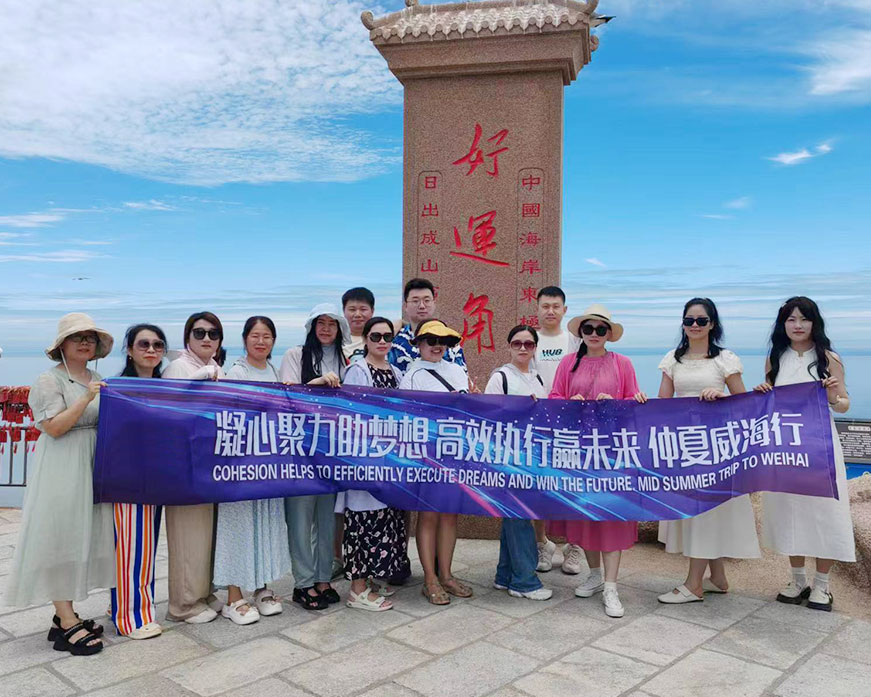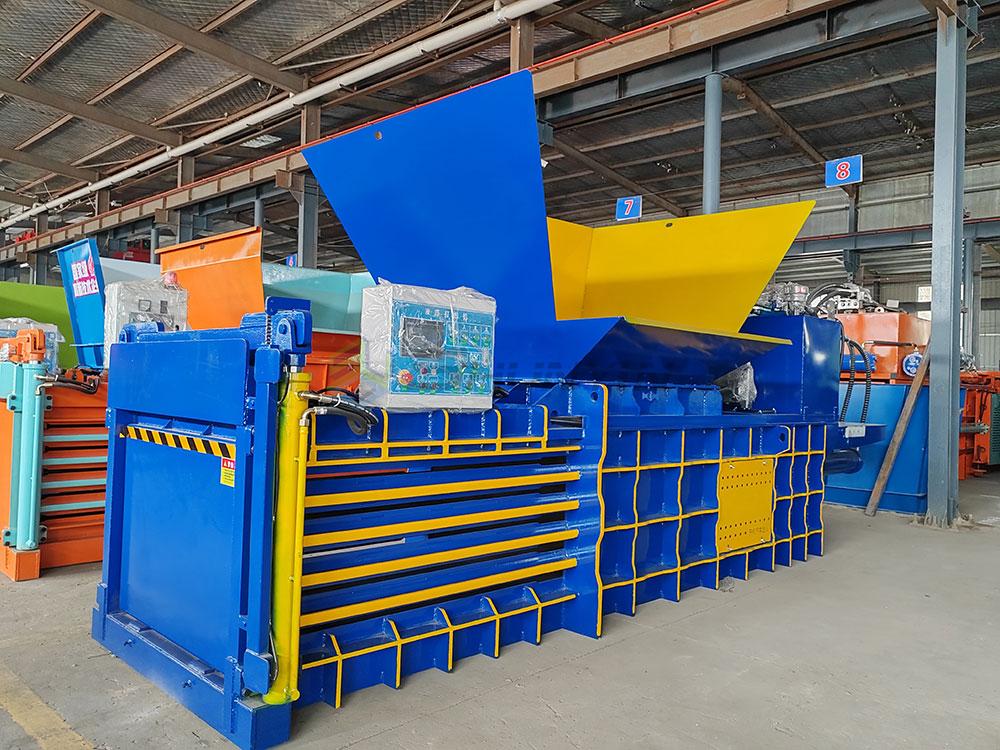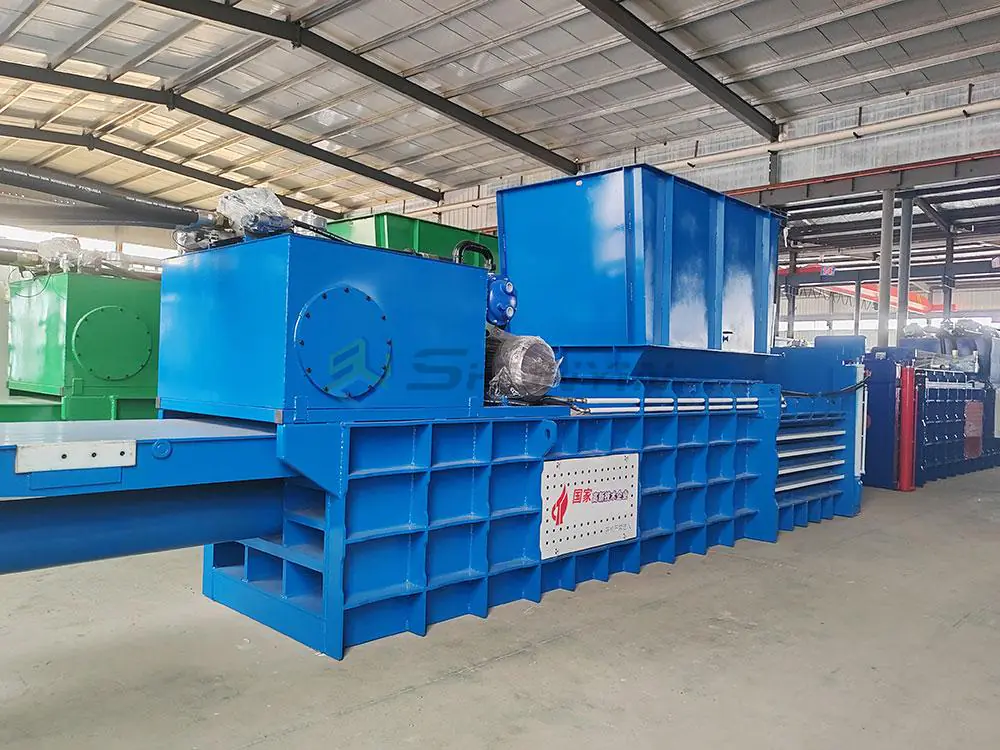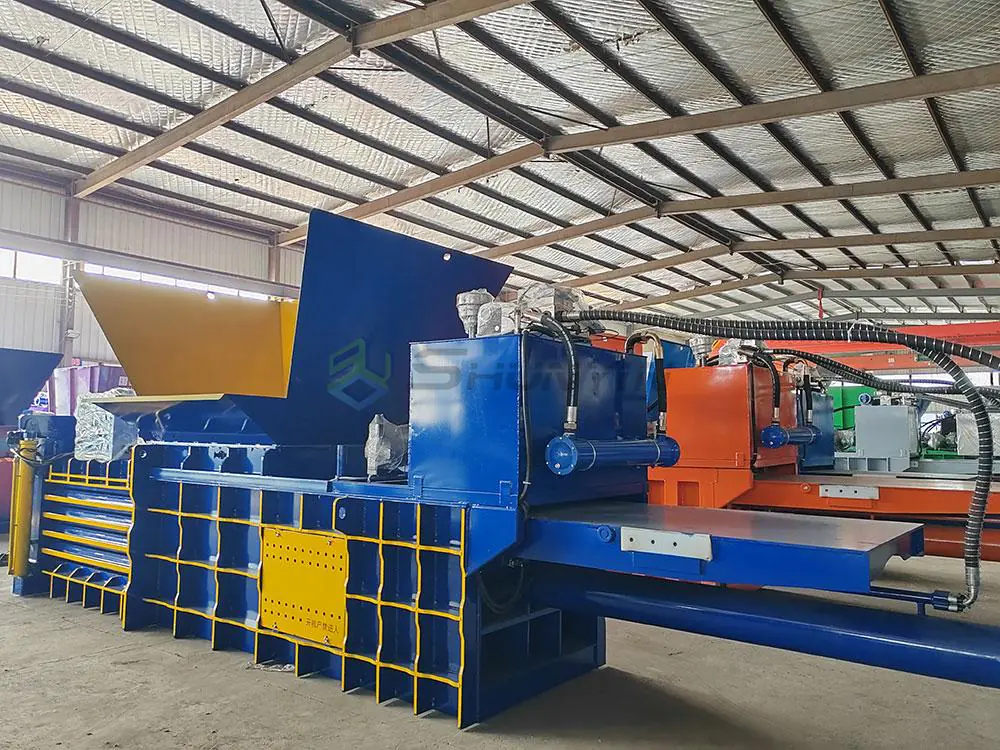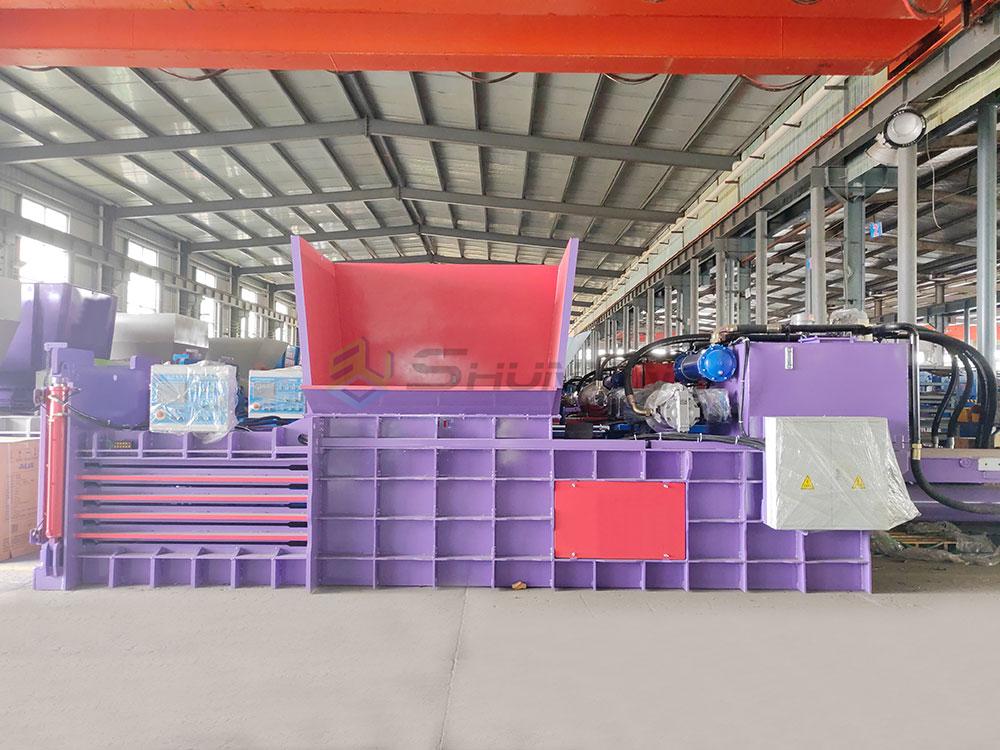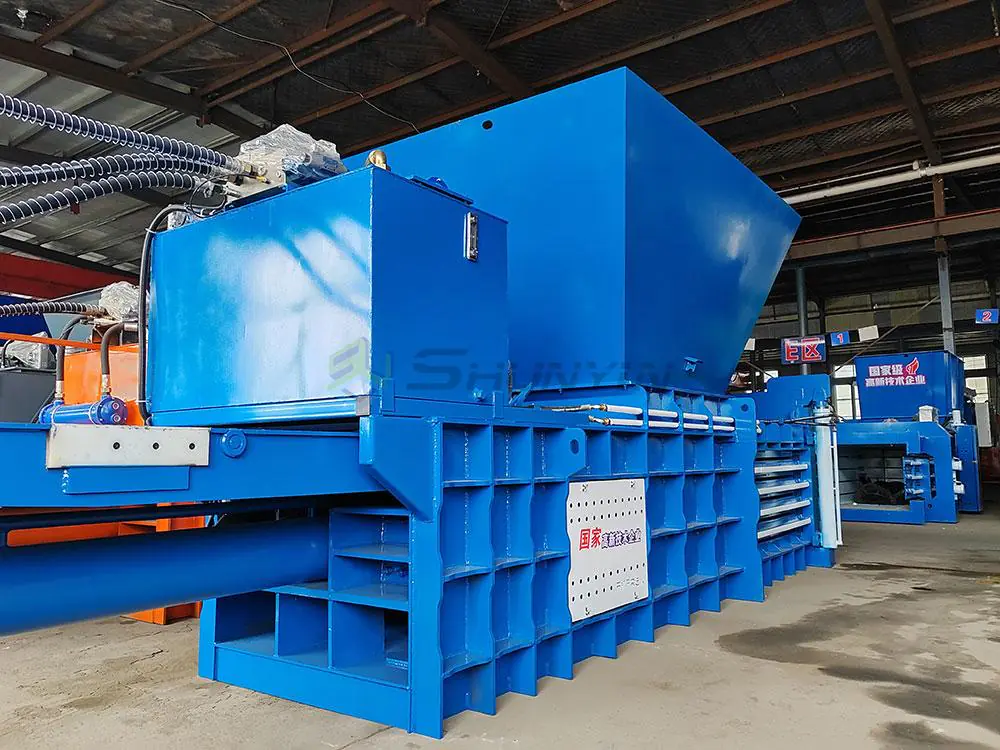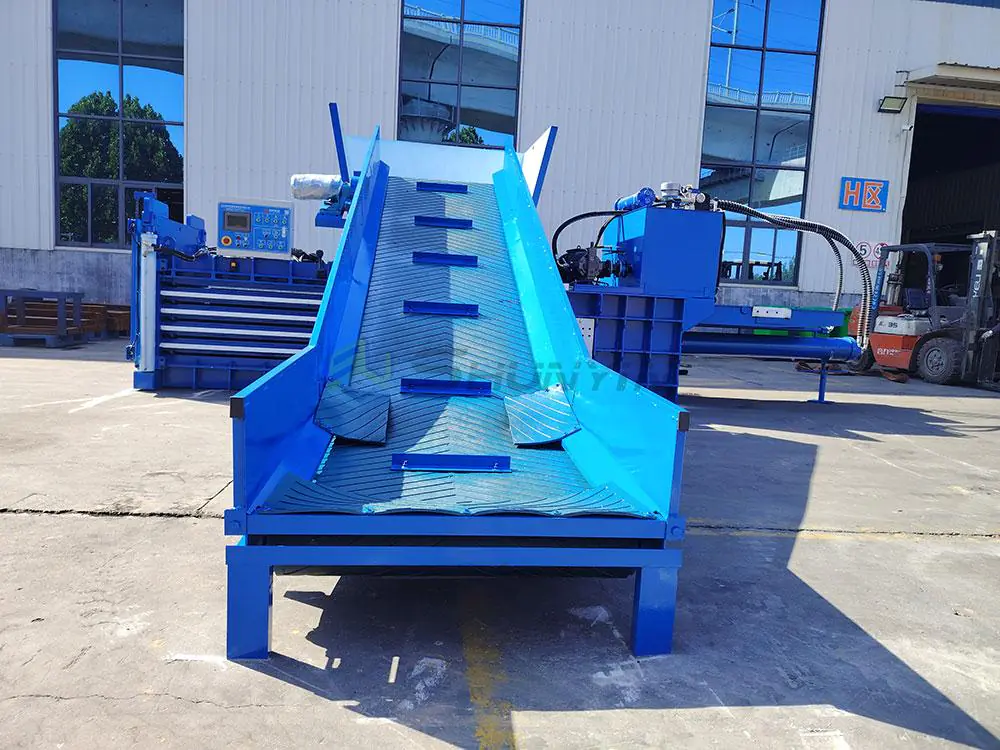Struggling with waste costs? By 2025, tighter green rules transform horizontal balers. No longer just tools—they’re ESG assets driven by energy savings, automation, certifications, and ROI. Discover why it matters today.
By 2025, horizontal balers evolve from cost-saving tools into strategic ESG assets. Buyers prioritize energy efficiency (20–30% savings), automation levels (reducing labor), regulatory compliance, and long-term ROI over upfront price—rewriting procurement criteria for waste management globally.
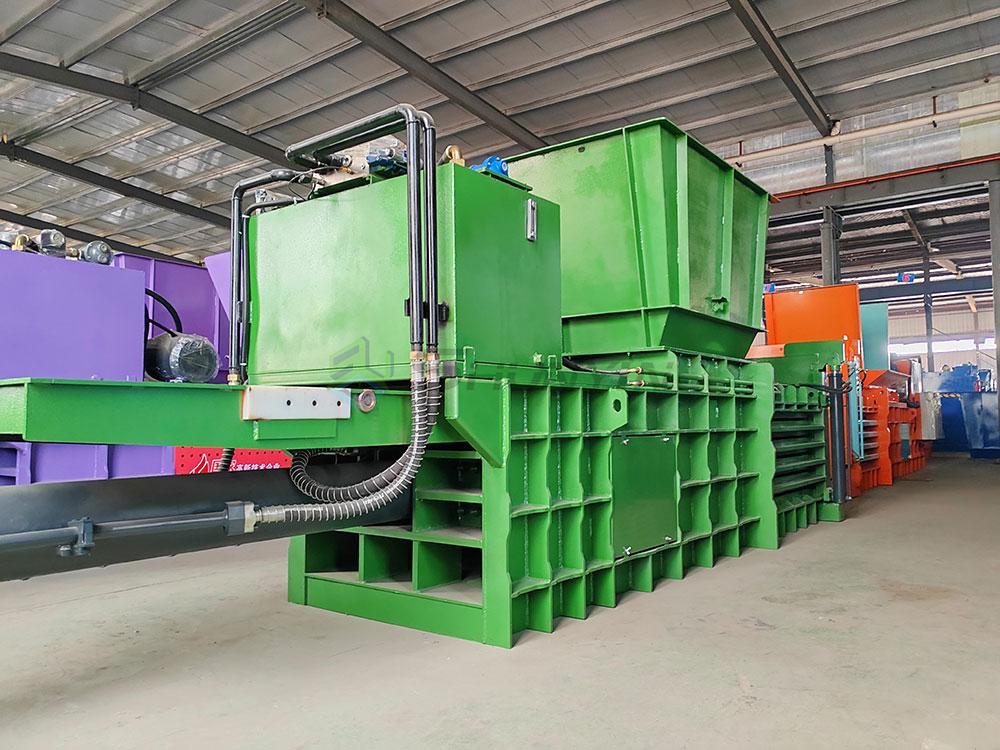
Now let’s break down why this seismic shift is happening worldwide. Understanding each driver helps businesses future-proof their operations strategically starting today.
Why Is the Demand for Horizontal Balers Growing in 2025?
Facing soaring waste volumes? E-commerce packaging floods landfills globally. Manual handling costs cripple profits automated balers now prevent. The solution: invest early to avoid penalties.
Demand surges as industries like manufacturing and retail use balers for supply-chain efficiency—not just recycling. Key drivers include e-commerce waste growth (30%+ industrial trash), labor cost reductions, and tighter landfill bans in Europe/North America rewriting balers’ role as logistical controllers.
Three Pathways Driving Adoption
-
From Waste to Workflow Tools
Balers now cut logistics costs by up to 40% via dense bales. Retail giants like Amazon mandate recycling capabilities from suppliers, pushing adoption beyond traditional recyclers. -
Labor Cost Crunch Comparison Region Manual Waste Handling Cost Baler Payback Period USA $38/hour 8–10 months EU €42/hour 10–12 months SE Asia Under $12/hour 18–24 months Automation is non-negotiable where labor costs spike.
-
Policy Pressure Points
EU’s 2025 landfill tax hikes penalize untreated cardboard disposal. Balers turn compliance into profit through resellable bales generating €120–€300/ton revenue. Curious how your region compares? WhatsApp us direct for localized insights.
Which Countries Are the Largest Importers of Horizontal Balers?
Import hotspots changing? Canada’s strict certifications frustrate buyers while Southeast Asia’s price wars intensify. Strategic sourcing demands you know these markets deeply.
North America (USA/Canada), Europe (Germany/France), and Southeast Asia lead purchases—but demands vary wildly. While North America requires certifications, SE Asia prioritizes low pricing, creating opportunities for adaptable suppliers like ShunYin Machinery offering customizable solutions.
Strategic Import Analysis
-
Quality Versus Cost Battlegrounds
North American buyers seek ISO-certified high-Cycle machines despite 40% baseline cost premiums. Meanwhile, Indonesia/Vietnam prefer simpler models under $15,000 for new factories. -
Certification Complexities
- CE: Mandatory for Europe; audits cost $7,000+
- ANSI: Optional but critical for U.S. retailers
Fake certificates risk shipments—always verify via third parties like SGS.
-
Opportunity Zones Market Certification Needs Pricing Sensitivity Strategic Hook Japan/Korea Extreme (Auto-Tie) Medium Full automation Thailand/India Low Extreme Cost leadership We design region-specific units minimizing compliance headaches.
How Does Sustainability Drive the Horizontal Baler Market?
ESG pressures mounting? Walmart’s new vendor policy requires demonstrable recycling—your baler choices now directly affect contracts. Waiting hurts competitiveness cheaply avoided.
Sustainability shifts balers from operational tools to brand assets: Reducing transport emissions 25–40% via compression while ESG reports showcase physical commitment to circular economies—elevating them as soft-power differentiators visible to shareholders.
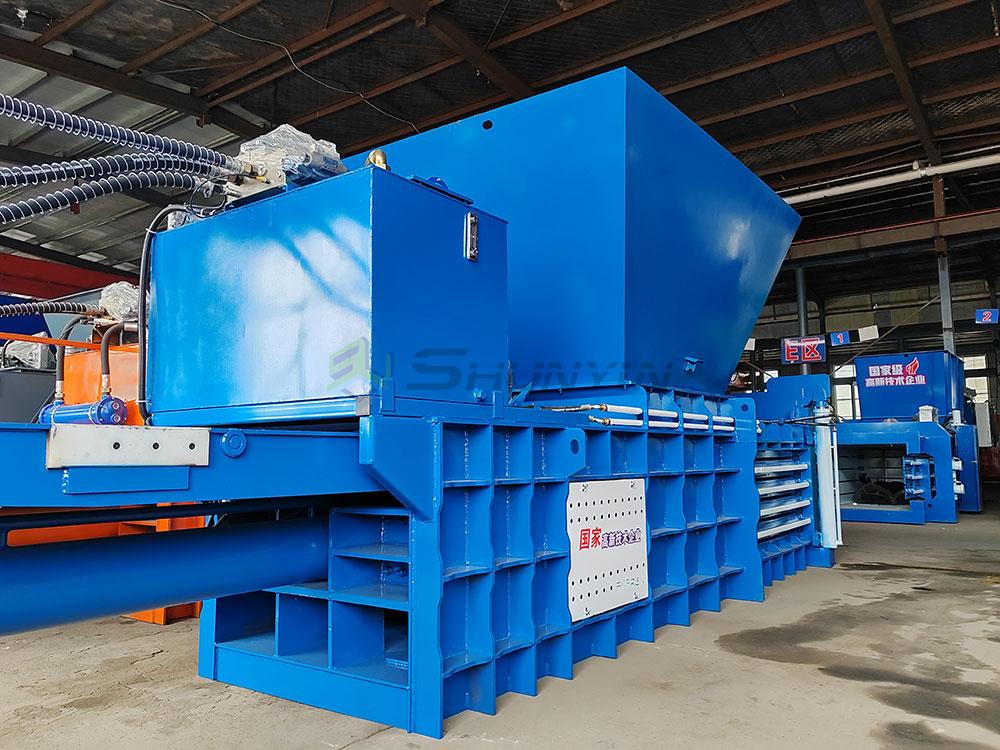
ROI in Green Branding
-
Carbon Math Transforming Procurement
Compressing waste slashes shipment emissions. For an average retailer:- Before baling: 50 weekly shipments, 700 kg CO2/month
- After 80-ton baler: 12 shipments, 170 kg CO2/month
-
Thermal Profit vs Landfill Loss

Prioritize baling > recycling > incineration > landfill to maximize income and minimize penalties. -
Press Release Value
77% of B2B buyers verify sustainability claims. Displaying balers in CSR materials builds trust—let ShunYin help craft yours via practice-tested documentation supporting ISO 14001 narratives.
What Innovations Are Coming in Horizontal Baler Technology?
Outdated machines costing you? IoT systems now predict hydraulic failures before downtime strikes—saving repairs the old reactive models never can. Here’s what’s redefining “value”.
2025+ innovations focus on interconnectivity: IoT-enabled diagnostics, 20–30% greener hydraulics, modular chambers (switching cardboard/plastic in minutes), and ERP integration—transforming balers into recyclable-data nodes feeding warehouse analytics dashboards dynamically.
Smart Technology Layers
-
Intelligence Progression Path

Basic > Auto-Tie > Remote Monitoring > ERP/Hub Integration
Transitioning machines into Industry 4.0 environments. -
Future-Proof Power Decision Matrix Feature Legacy Cost Penalty New System ROI Gains Manual Hydraulic 40% higher energy – Energy-Save Mode – 28% saved yearly IoT Fleet Monitoring – Reduce stops by 75% -
Customization Wins Partnerships
ShunYin develops plug-and-play systems syncing with SAP/Oracle. Avoid vendor lock-in with modular designs upgradable onsite—contact our engineers to sketch your ideal workflow relationships digitally.
Conclusion
Balers now thread profit, compliance, and reputation. Adopt strategically through 2025—we simplify transitions tailoring machines for your goals and blueprints globally. Act fast, lead changes.

